Picture perfect: portraits on film at Sammy Photo Studio
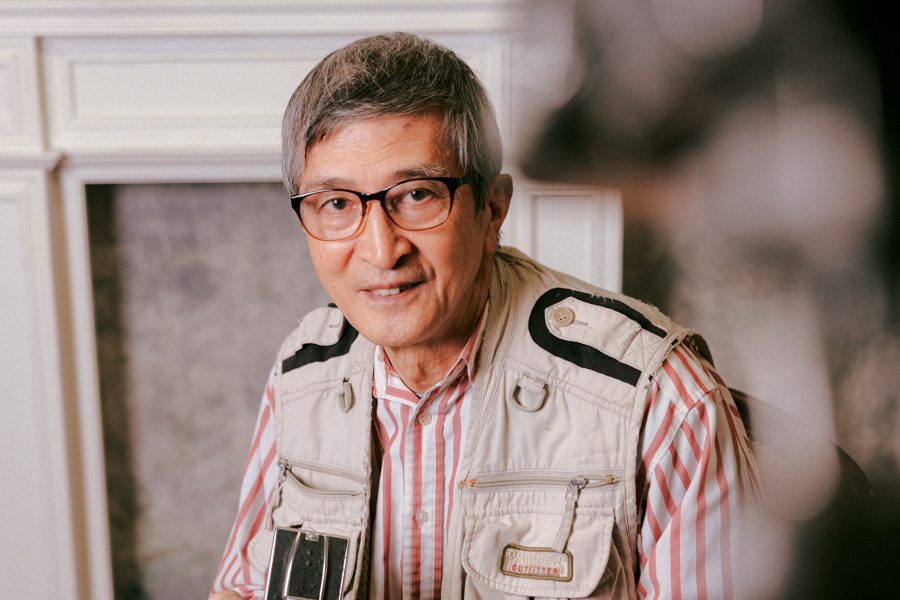
In today’s world, snapping a photo on your digital camera or smartphone requires little planning, and close to zero cost. But when film cameras were the only option, the act of photo-taking was taken much more seriously. Whenever the camera came out fora special occasion, our parents always cautioned us not to waste film. Every click of the shutter and every frame was needed to capture a precious moment.
At Sammy Photo Studio – one of Hong Kong’s few remaining film-only portrait studios – owner Lam Kwok-shing is on a mission to preserve the art of analogue photography. The 74-year-old shoots on film and develops pictures manually in the studio.
“Our studio is a place where customers can take photos the traditional way – and I hope this continues,” says Lam, who has run his Yau Ma Tei photo studio for about 30 years. “Some of our customers in their 40s first came to the studio when they were young. They’re thrilled we’re still around, and they now come with their own children for family portraits every year.
“One customer even carried his mobility-challenged mother up two flights of stairs for the shoot, just to fulfil her wish of taking a family portrait at the studio.”

Credit: Elvis Chung
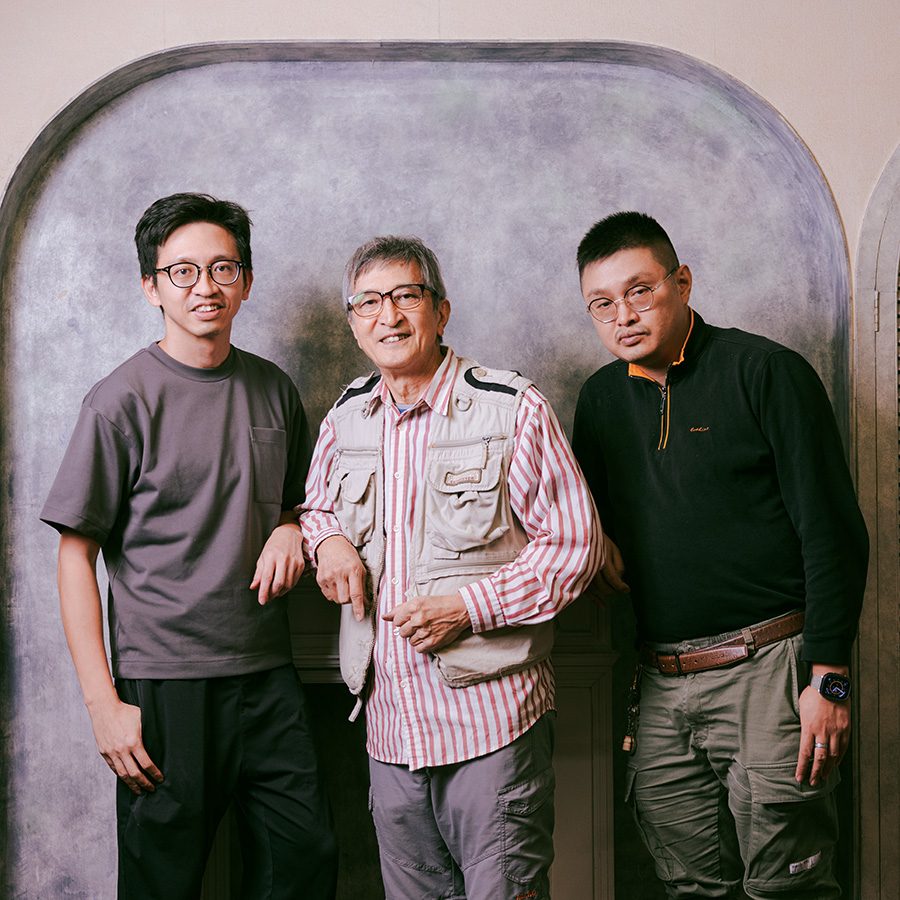
Credit: Elvis Chung
A special occasion
Not so long ago, visiting a photo studio for a portrait was a big deal for many Hongkongers. People would gather to have their family portraits taken during special occasions such as celebrating a new birth, graduation or a new job; some would even have their photos taken every Chinese New Year.
Lam’s passion for the studio experience began during his childhood, when he visited Jim Jim Studio – Sammy Photo Studio’s predecessor, established in 1940 – for family portraits.
“On the first day of every Chinese New Year, our family would dress up in new outfits, and my siblings and I would carry lai see packets in our pocket. I was always so excited for the shoot that I’d have trouble falling asleep the night before,” says Lam, recalling an old family tradition while showing me old portraits and sharing stories about his loved ones.
After finishing secondary school, Lam started working at Jim Jim Studio, specialising in developing film. When the owner emigrated in 1996 and
planned to close the studio, Lam decided to take over and renamed it Sammy Photo Studio (sin mei in Cantonese, meaning “perfectly beautiful”). Today, the decades-old sets and equipment are well-maintained and are still in use, a chance for customers to step back into earlier times.
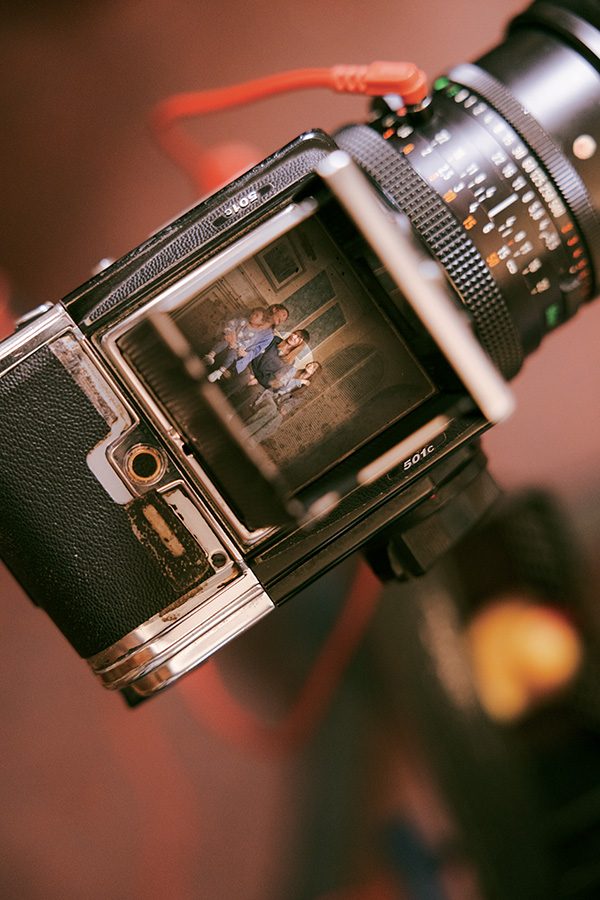
Credit: Elvis Chung
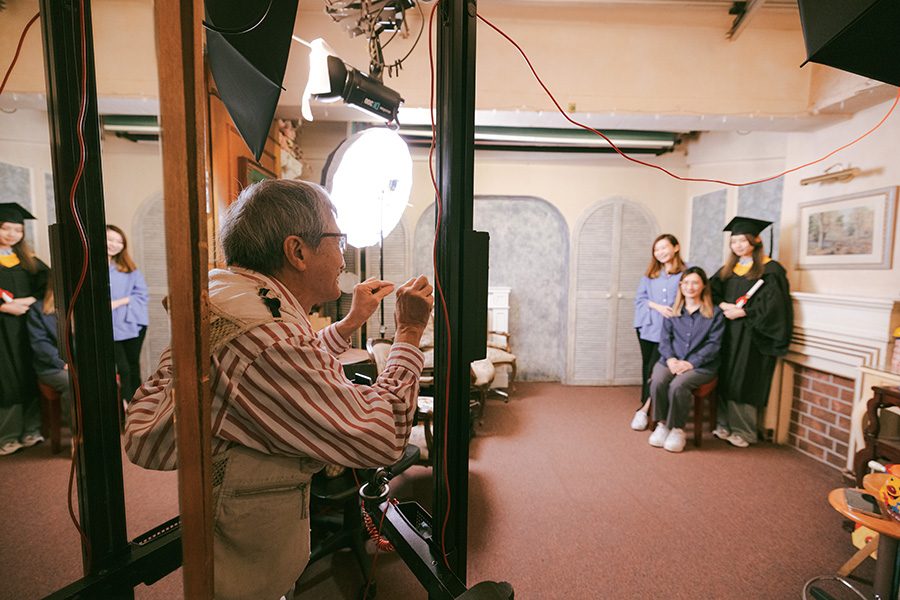
Credit: Elvis Chung
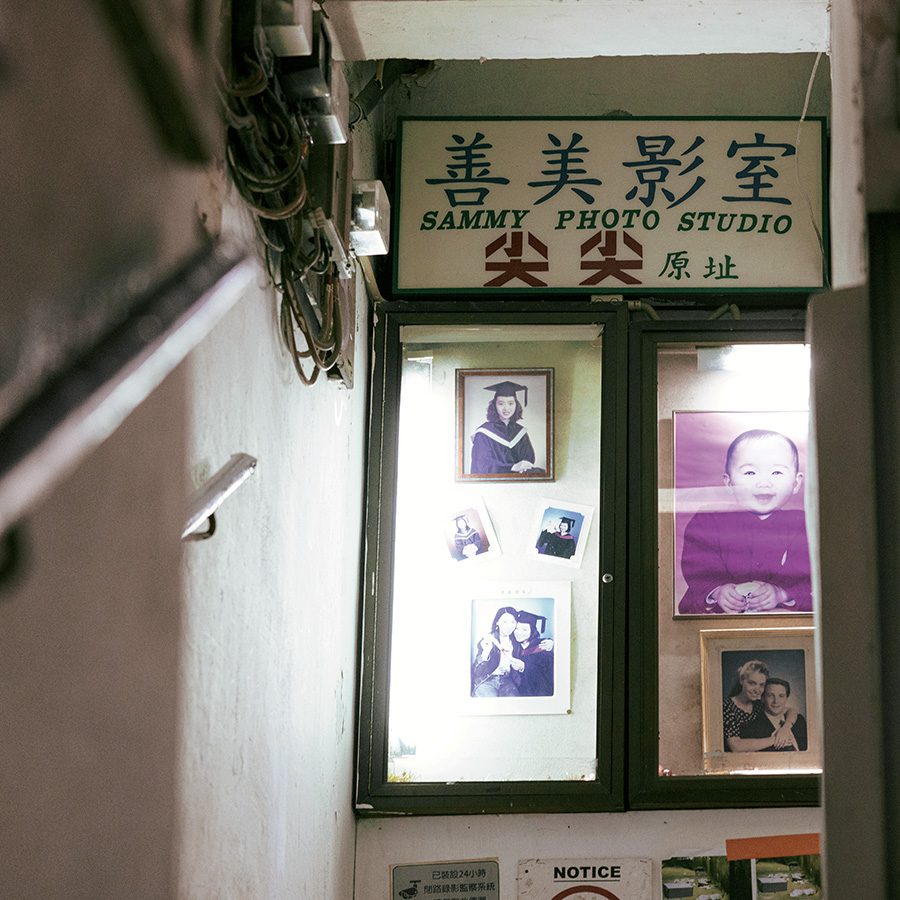
Credit: Elvis Chung
Collective memories
Nowadays, family portraits aren’t just taken during special holidays. When Hongkongers who have moved away return to the city, families often gather at Sammy to capture the reunion. They also take a more casual approach to their portraits. “People no longer come in formal attire. I’ve even seen families all dressed in sportswear,” Lam says.
“It’s all about showing off the personalities and interests of each family.”
Sammy Photo Studio is like a time capsule filled with countless stories of Hong Kong families. Visiting the studio for a photo shoot is like “coming home” for Lam’s regulars – some of whom he has photographed since they were infants, their growth documented by his camera lenses over decades. Visiting the studio for a portrait remains a family ritual, even if it takes a week to develop the film.
Each photo taken by Lam captures a moment of joy shared by the whole family. “A good family photo brings people together,” he says with a smile. “When I was young, we didn’t have a TV at home. During meals, we would look at the family portrait hanging in the living room, and it always brought a heart-warming feeling.”
I’m reminded of the family photo hanging in my home, taken last Chinese New Year on a whim at a photo studio. Little did I know that just months later, my grandfather would pass away. These photos hold immense significance – the moments of our family gathering, laughing and posing in the studio, are etched in my memory.
Lam describes these family photos as being “like a time machine that can transport you to the past”. And while the photos themselves may fade over time, the moments they capture remain for far longer, vividly alive. There’s no better time than the new year to take a new photo – and make a new memory.
Sammy Photo Studio, 2/F, 17 Pak Hoi Street, Yau Ma Tei
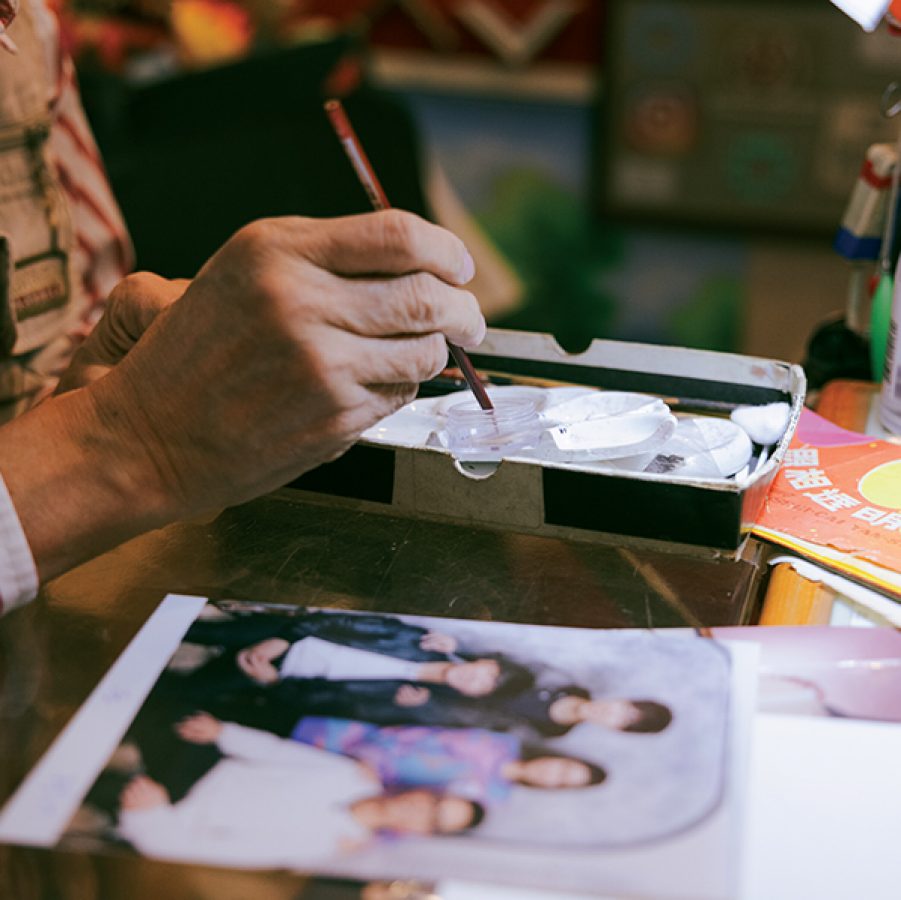
Credit: Elvis Chung
Cantonese photography jargon
Fix the wax
jup lap
The process of retouching film photos to improve facial imperfections.
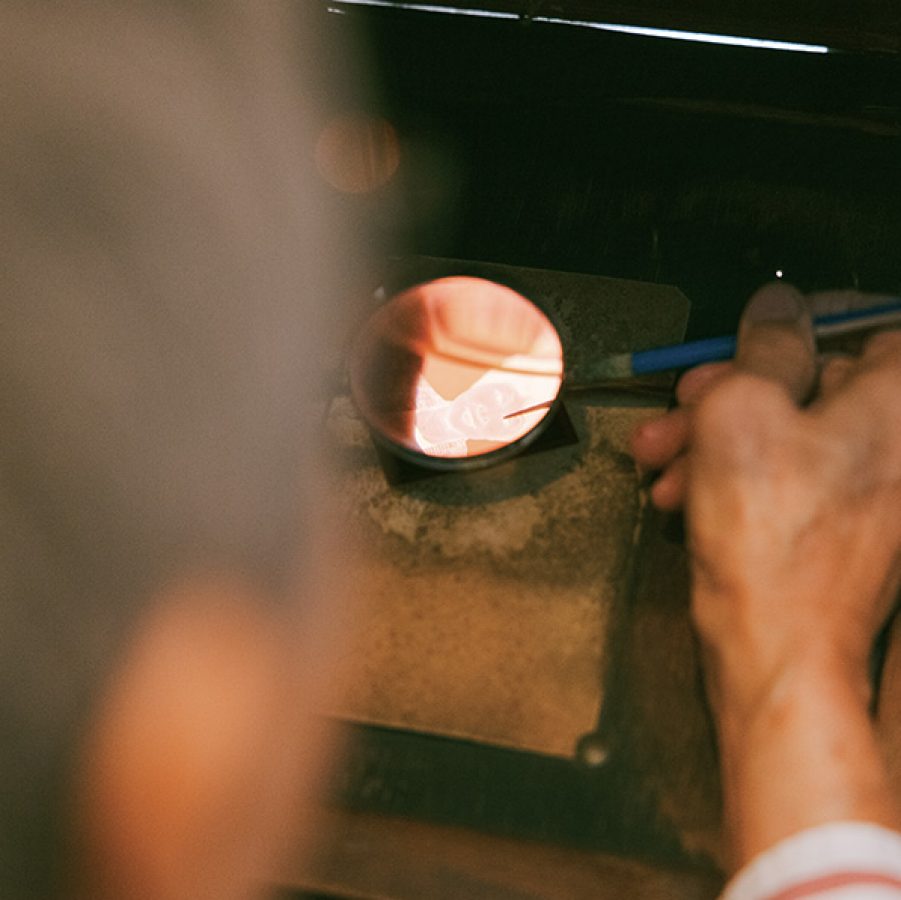
Credit: Elvis Chung
Fix the film
jup daai peen
Gently shading the negative with a fine, sharp pencil to soften facial flaws, including lines, acne and dark eye circlesx
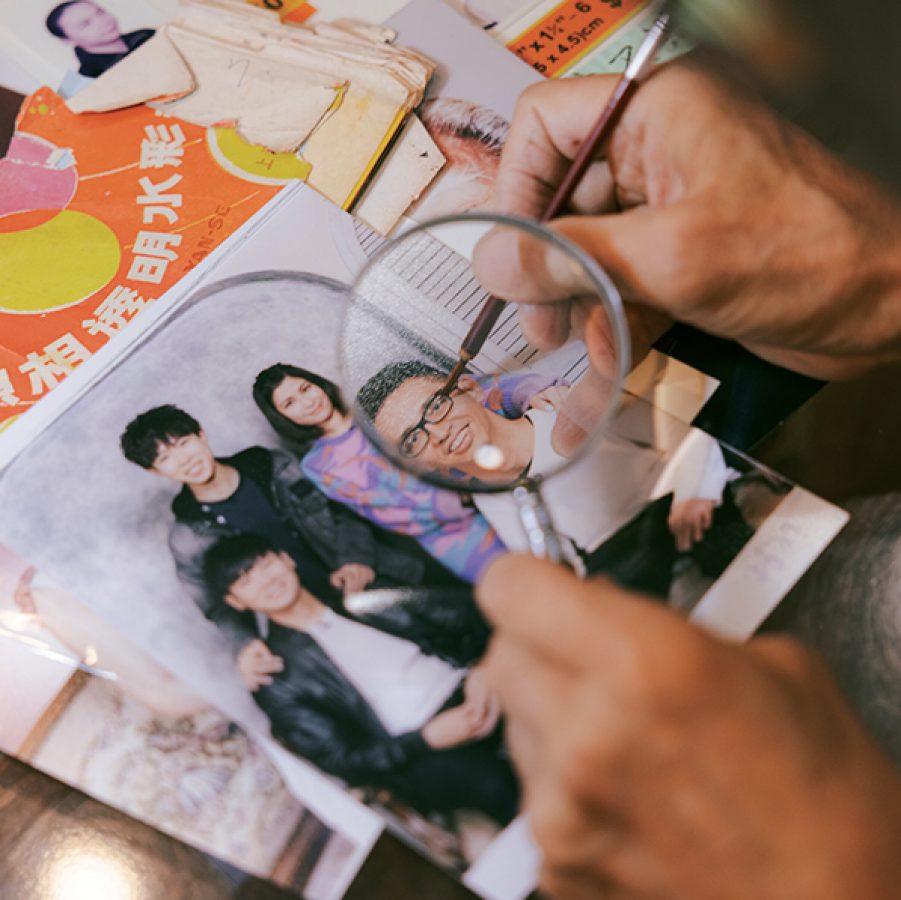
Credit: Elvis Chung
Fix the photo
jup seung
Enhancing developed prints with special watercolours, often used to intensify catchlight in the eyes.
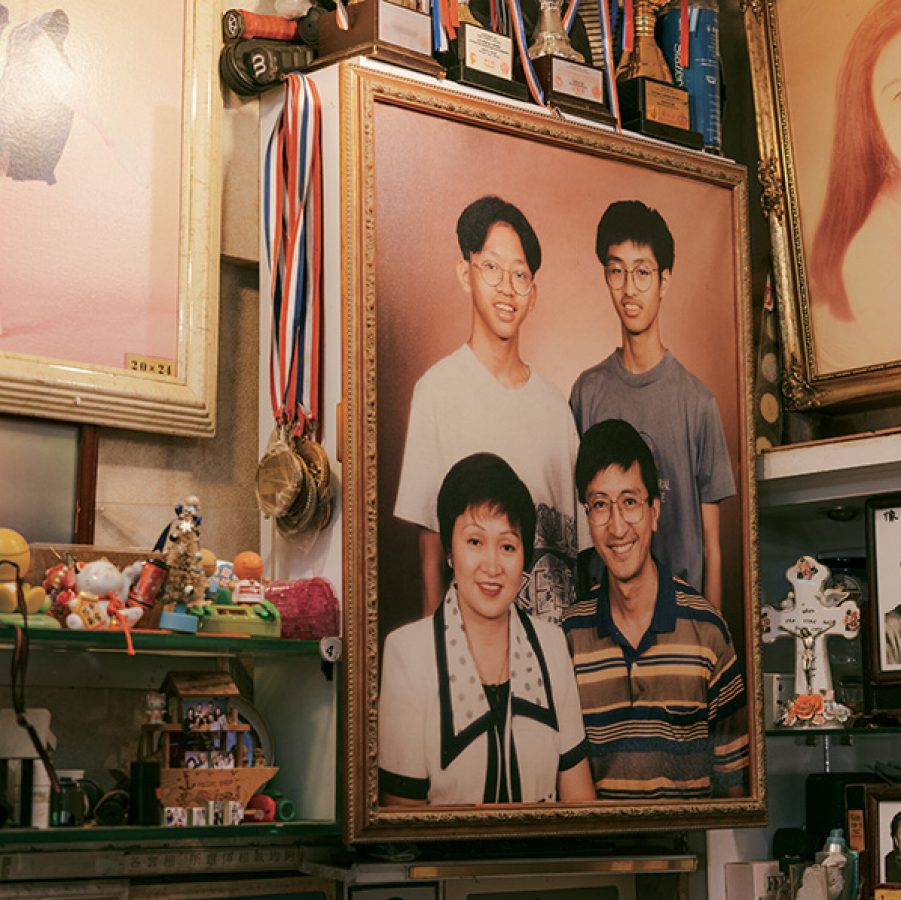
Credit: Elvis Chung
Enough meat
gau yuk
In reference to skin tone: the rich, deep layers of colour captured on film.
More inspiration
Hong Kong travel information
- China – the Chinese Mainland, Hong Kong SAR, Macao SAR and Taiwan Region
- Hong Kong SAR - English
- Chinese Mainland (China) - English
- Taiwan, China - English
- 香港特別行政區 - 繁體中文
- 中国內地 - 简体中文
- 中國台灣 - 繁體中文
- Africa
- South Africa - English
- Asia
- Bangladesh - English
- Korea - English
- Singapore - English
- Cambodia - English
- 한국 - 한국어
- Sri Lanka - English
- India - English
- Malaysia - English
- Thailand - English
- Indonesia - English
- Maldives - English
- ประเทศไทย - ภาษาไทย
- Indonesia - Bahasa Indonesia
- Myanmar - English
- Vietnam - English
- Japan - English
- Nepal - English
- Việt Nam - tiếng Việt
- 日本 - 日本語
- Philippines - English
- Australasia
- Australia - English
- New Zealand - English